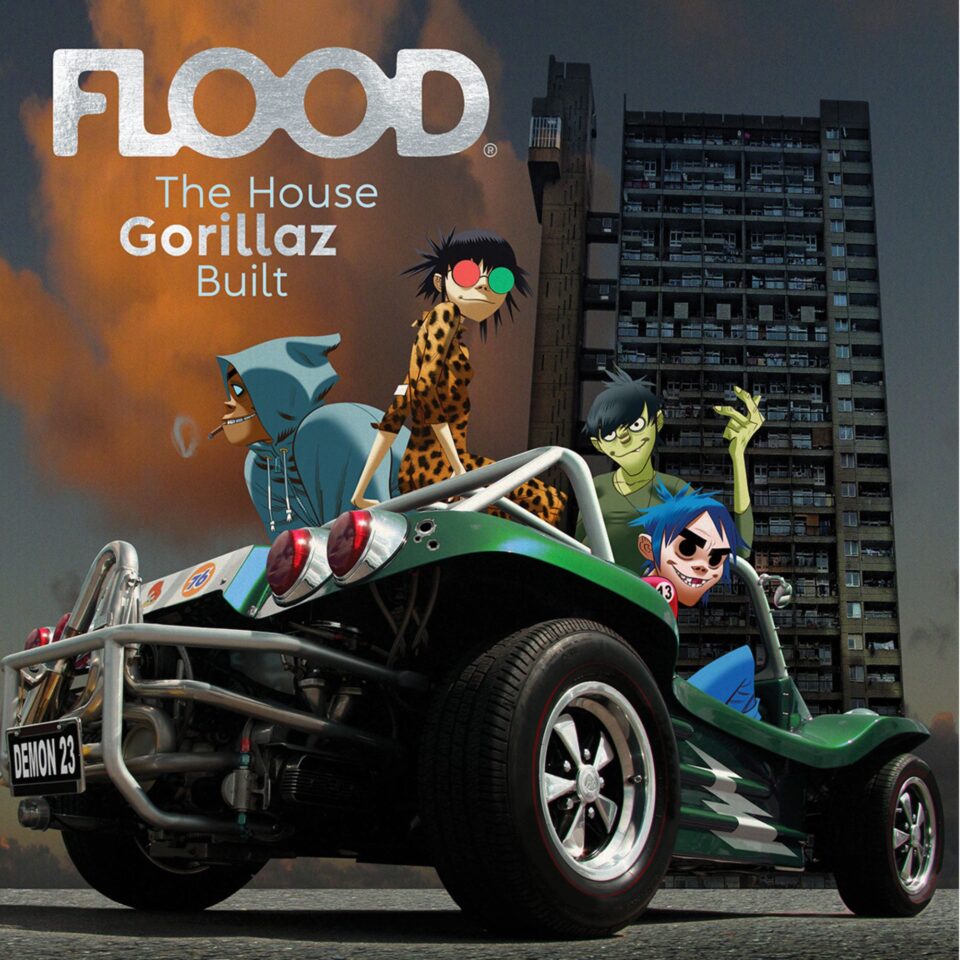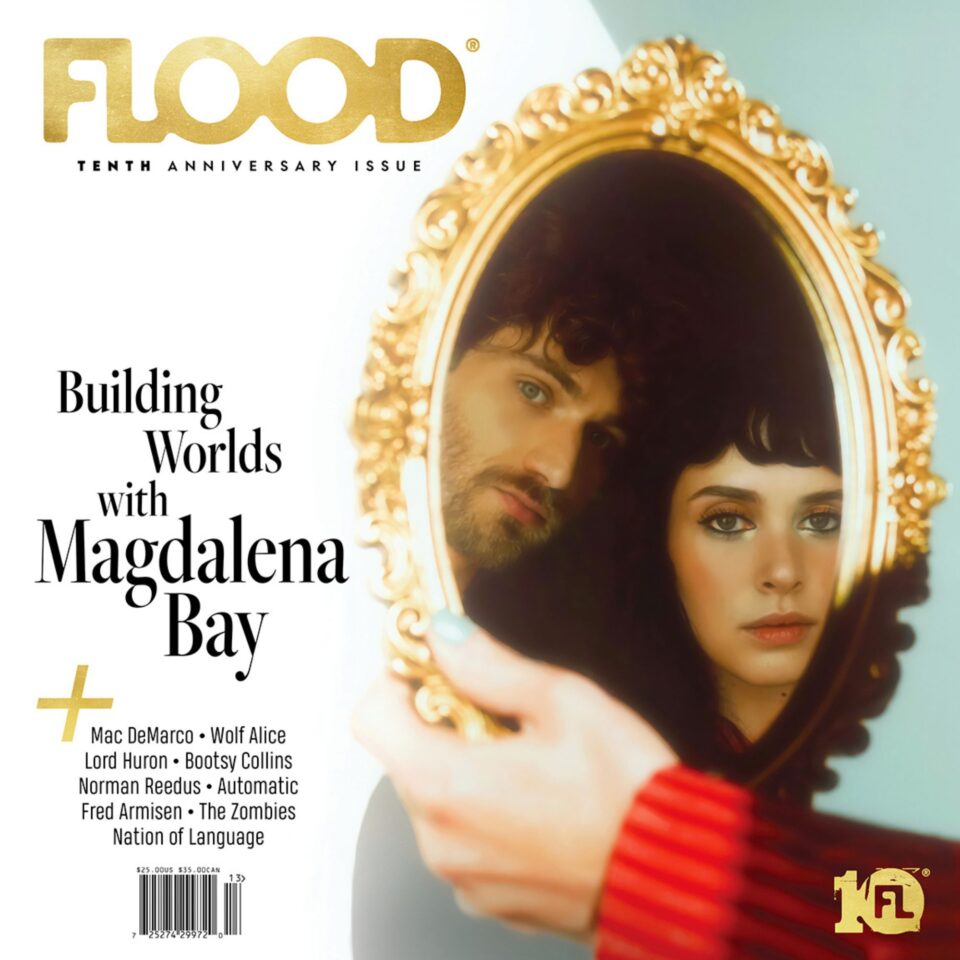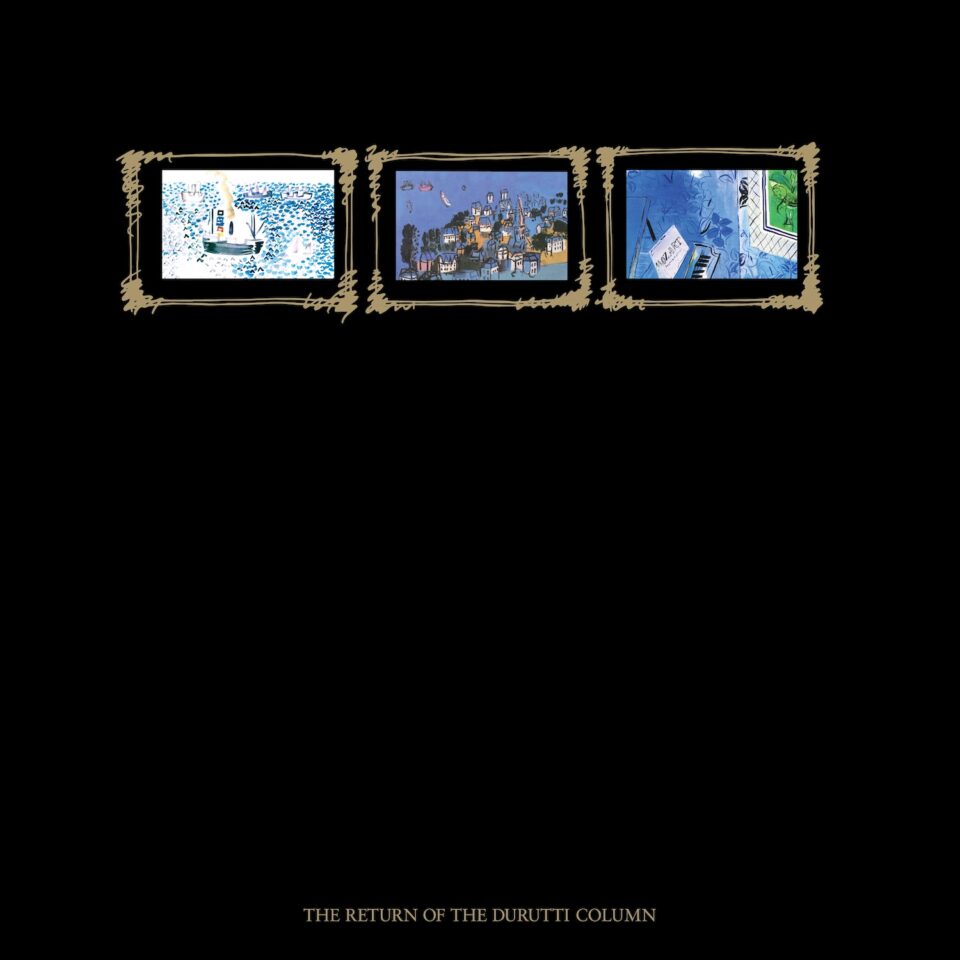If Kojo Degraft-Johnson and Barney Lister of MRCY were in the fabrics business, this duo would no doubt be fine purveyors of silk. The London duo’s second effort Volume 2 (naturally following last May’s Volume 1) is a shot and chaser of delicious neo-soul instrumentation and stunning vocals. Degraft-Johnson handles the singing, while Lister cooks up the arrangements, which include allusions to dub and reggae, jazz, pop, and R&B. “We’re trying to extinguish fear with optimism and worry with love,” Lister shared of the album. “Volume 2 breaks the mold to present a bigger picture of who we are—something with angst, surprises, and more guts.” It’s a feel-good listen, even when Degraft-Johnson moves from songs of joy and celebration to deft ruminations on break-ups.
From Pa Salieu to Queens of the Stone Age, the set of influences Degraft-Johnson and Lister tapped on Volume 2 are far-ranging, offering some insight into the stylistic realm in which they fit—or, to put it more accurately, how their dynamic and progressive approach to genre defies any particular, easy-to-label framework. To help explain some of the inspiration that courses through Volume 2, we had MRCY break down some of the classics that subtly work their way into the fold.
The Cavemen, “Who No Know Go Know”
We’ve always loved the vibe of this track. It’s chant-driven, rhythmic, and full of life. The percussive energy is infectious. We actually reference this song on “Man”—it had a big influence on that track.
Quarteto Em Cy, “Tudo Que Voce Podia Ser”
The guitar and flute in this are so good. And the fact that it’s from the ’70s, from Brazil—there’s just something really cool about that. The mix is amazing, too. You can hear the room, the space—it gives the whole thing this really warm, real feel.
Bob Marley & the Wailers, “Soul Rebel”
I love this one because it feels so good, but it’s about some deep shit. That’s what Bob Marley did so well—he’d be talking about real heavy stuff, but the music still feels uplifting. There’s power in that. It’s deep, but it feels so uplifting.
Baby Rose with BADBADNOTGOOD feat. Mereba, “Caroline”
It’s beautiful. It really reminds us of [our track] “Wanna Know”—we had it on heavy rotation for a while. It’s so organic, so full of emotion. One of those no-skip songs. I miss Caroline. The way her voice soars, the guitars, the drums—it all just hits. It feels so personal. That line “You gave me peace of mind” really resonates.
Ebo Taylor, “Will You Promise”
This one connects directly to who “Sierra” was written about. It gives me that same kind of joy that person brings.
Spirit, “The Other Song”
Psychedelia 101. A producer friend played it for me while we were talking about that kind of sound and our track “More Than You Are Now.” We used this as a reference to help bring in that psychedelic feel we were chasing.
Pa Salieu, “Allergy”
This was a direct reference for “Flicker.” We just love Pa—his sound, his energy. It’s got that angst and a bit of the harder edge we wanted to tap into
Queens of the Stone Age, “Make It Wit Chu”
This song is a reference behind “Wandering Attention.” It’s a stone-cold killer of a track. Queens of the Stone Age might be a rock band, but this song’s got a real soulful streak running through it.
Michael Kiwanuka, “Hero”
This track was the spark. It’s the sound that made us fall in love with the kind of music we wanted to make. Hearing Michael Kiwanuka live was a turning point, and there was so much common ground there. It was the catalyst for MRCY.
The Clash, “The Guns of Brixton”
The Clash are the best. This is London 101—so British, unapologetically political, working class, and shaped by all kinds of cultural influences. It captures the right essence of Brixton, which is where most of our music comes to life.







